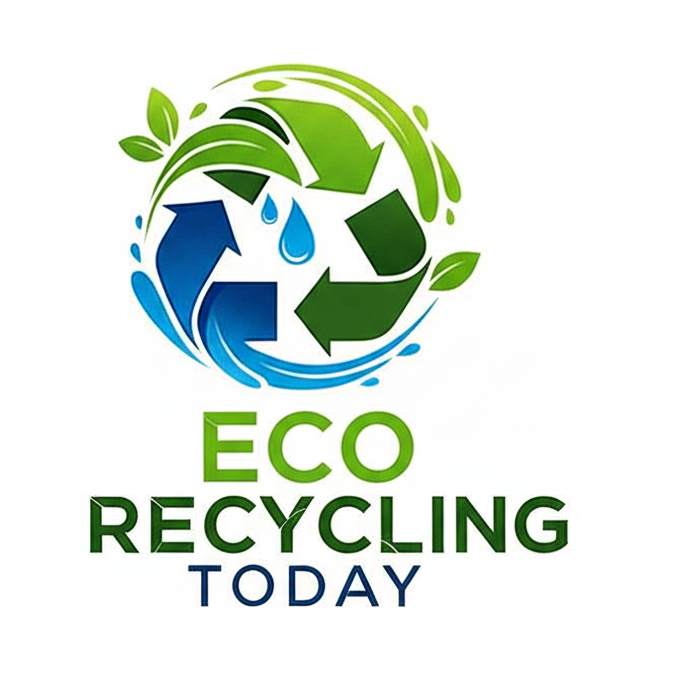Polyethylene Terephthalate (PET), commonly used in bottles, containers, and packaging, is one of the most widely recycled plastics globally. In 2022, over 1.92 million metric tons of PET bottles were recycled in the United States alone, with an average recycling rate of 28.6%. PET recycling not only reduces waste but also conserves resources, minimizes environmental impact, and supports a circular economy. Here’s everything you need to know about PET recycling and why it matters.
What is PET?
PET, or Polyethylene Terephthalate, is a type of plastic known for its strength, transparency, and lightweight properties. It is widely used in:
- Beverage and water bottles
- Food packaging
- Cosmetic containers
- Synthetic fibers (polyester)
PET Recycling Process
PET recycling involves a systematic process to transform discarded plastics into reusable materials. The key steps include:
- Collection: PET products are collected from households, businesses, and recycling centers.
- Sorting: Recyclable PET is separated from non-recyclable plastics and contaminants using advanced sorting technologies.
- Cleaning: The sorted PET is thoroughly cleaned to remove labels, adhesives, and residues.
- Shredding: Clean PET is shredded into small flakes.
- Processing: The flakes are melted and reformed into pellets, which serve as raw materials for new products.
PET Recycling Machine
- PET Shredders: Break down PET bottles and containers into smaller pieces for further processing.
- PET Washing Systems: Clean PET flakes to remove labels, adhesives, and residues.
- PET Pelletizing Machines: Convert clean PET flakes into pellets for use in manufacturing new products like bottles or fibers.
- Bottle-to-Bottle Recycling Lines: Specialized systems designed to produce food-grade PET from recycled materials.
Applications of Recycled PET
Recycled PET (rPET) is used in a variety of products, including:
- New beverage bottles and food containers
- Textile fibers for clothing and upholstery (e.g., over 70% of global polyester is made from rPET)
- Carpets and insulation materials
- Automotive parts and industrial applications
PET Recycling Case
In California, a local beverage company implemented PET recycling as part of its sustainability program. The company collected over 10 million PET bottles annually and partnered with a recycling facility to turn them into high-quality recycled PET (rPET). As a result, they reduced their virgin plastic use by 60%, cutting carbon emissions by 25%. This initiative not only earned the company eco-certifications but also boosted customer loyalty by showcasing its commitment to the environment.
By embracing PET recycling, individuals and businesses can play a pivotal role in creating a sustainable future. Just like the California beverage company, you can turn waste into a valuable resource, reduce your carbon footprint, and lead the way in environmental stewardship.
If you need an advanced solution for recycling PET materials, we can provide systems that process post-consumer and post-industrial waste—including bottles, containers, and packaging. Our machinery helps recyclers and manufacturers transform PET waste into high-quality raw materials, supporting the shift toward a more sustainable, circular economy.

